TABLE OF CONTENTS
Decarboxylation, also known as decarbing, is a vital part of the process used to make marijuana-infused edibles potent and long-lasting. In the simplest terms, decarbing occurs when you heat raw cannabis buds, leaves, or stems. This activates the chemical compounds in cannabis.
Kief, also known as dry sift or pollen, is a critical part of the cannabis plant. This powdery substance holds the plant’s essential and therapeutic oils. When using kief for cannabis edibles or concentrates, it’s important to decarb it for maximum potency and effectiveness.
What’s Decarboxylation?
The decarbing of cannabis occurs when the chemical components are heated. This happens when users smoke or vaporize dry herb. When lit or vaporized, a chemical reaction activates the compounds that are responsible for cannabis’ psychotropic effects. Raw cannabis buds, leaves, and stems contain trichomes that make up the kief. The trichomes are most heavily concentrated on the marijuana flowers (nugs).
The trichomes in cannabis contain a high concentration of non-intoxicating compounds such as tetrahydrocannabinolic acid (THCA) and cannabidiolic acid (CBDA). Other cannabinoids exist, but THCA and CBDA are usually present in the most abundance. When ingested without heating first, THCA and CBDA won’t make users feel high (although they do have medicinal benefits in that state).
When cannabis is heated at a certain temperature for a certain amount of time, the THCA and CBDA molecules lose a carboxyl group (COOH), releasing carbon dioxide and water vapor. As a result, THCA and CBDA convert into the intoxicating tetrahydrocannabinol (THC) and non-intoxicating cannabidiol (CBD).
No matter what type of raw cannabis material you use, you’ll need to decarb your cannabis to get the most out of your trichomes. Using cannabis without decarboxylation can lead to some psychoactivity, but not as much as if the material were decarbed. Conventional decarbing options include a stove, oven, sous vide (hot water bath), or another kitchen heating device.
What is Kief?
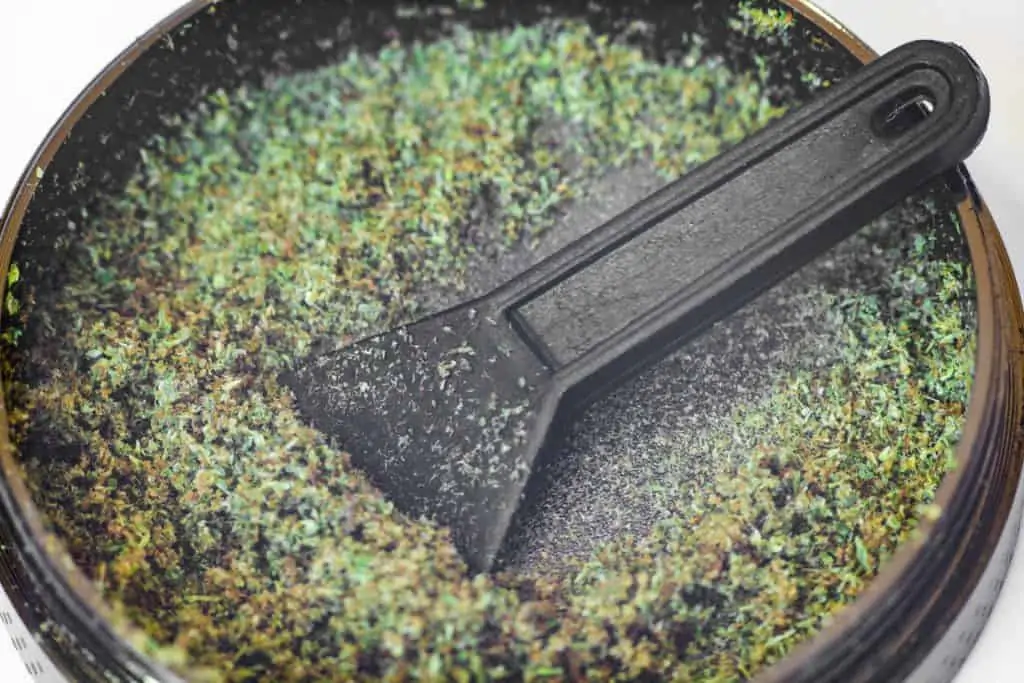
If you are not aware of what the sticky, small crystals are that cover over cannabis flower, you are about to find out. It is called kief, which is also known by many as the pollen or dry sift. It is actually the resin glands, which consists of the CBD and terpenes that make marijuana so distinct.
Even though cannabis with out kief consists of cannabinoids or CBD, the resin glands on the flower buds have more CBD strength and so packs the most punch.
The Resin Glands
Resin glands are also known as trichomes. It covers the marijuana flower with white hairs. Even though, kief refers specifically to the formation of crystal on the tip of the resin gland, the actual substance is only one portion of the trichome or white hair.
There are various plants that have trichomes externally and this is for a distinct evolutionary function. For instance, there are several carnivorous plants that depend on sticky resin glands to entrap preys. Other carnivorous plants such as marijuana use trichomes for the same reason to restrict herbivores.
Keeping Insects at Bay
The resin has a distinct smell, which is very strong, attracting predators and insects that are pollinating. The trichomes or resin glands found on the marijuana plant are good at keeping away those ravenous herbivores. How? They produce intense psychoactive activity, which in theory, disorients the herbivores and prevents any eating of the marijuana plant.
Let’s take a look at the kief extraction process.
Kief Extraction
In kief extraction, you are going to need a large cannabis grinder with three chambers to do the sifting and collecting of the kief. If not, then the kief will be wasted as it is sticky and will remain in any other container while it is being grinded.
You don’t have to buy an expensive kief extraction equipment to do this. Resin glands have high concentrations of CBD and terpenes and so the crystals from the kief are separated from the marijuana plant matter, which is an excellent way to consume marijuana as you reduce the amount of charred substance that goes into the body.
The Simplicity of Kief Extraction
Kief extraction is a simple process. The herb grinder helps to grind the kief into a fine substance and allows the crystals to easily sift through the screen, collecting the powdered residue into a tiny compartment.
It is best to use three chambers for the grinding and collecting process since two chambers may cause potent portion of the kief to waste as the crystals will stick to the interior of the grinder. If you are going to extract large portions of kief, you would use a silk screen, which allows you to easily separate the kief from the marijuana plant matter.
Other Options
There are many people that make their own kief sifters by creating layered screens. However, it can be challenging to separate the kief from the plant matter since they can measure between 75 microns and 125 microns.
If you want to ensure that the cleanest resin is collected without the unwanted marijuana plant matter, you have to first stack up to four layers of finely constructed mesh screens on top of each other.
The Desired Results when Extracting Kief
To get the desired results, you can use a home kief extractor, which have stacked screens, starting from large to smaller sizes. If you are buying your own screens for sifting kief, make sure you pay attention to the number of threads or wires per inch or the lines per inch. If you are buying a large screen, the line per inch will be smaller. Use a mesh of up to 270 lines per inch.
While kief might not be the most amazing cannabis product on the market, it is still one of those popular products that easy to access. To learn about cannabis extraction training, visit the Cannabis Training University today.
Kief is made from the milky white or amber-colored trichome glands that exist on cannabis flowers, leaves, and stems. Kief usually contains tiny pieces of plant fiber that are collected with the trichomes. The trichomes are made of a waxy substance that contains a sticky resin. You can often feel this adhesive resin when you break up a freshly cured bud. Kief can also be found in between a cannabis grinder’s teeth, screen, and all throughout its interior after grinding weed a few times.
Trichomes may be small, but they contain the plant’s strong and psychoactive chemical compounds, including cannabinoids, terpenes, and flavonoids. From an evolutionary perspective, the aromatic odors and effects prevent animals from eating the plant, while also attracting potential pollinators with the fragrant scent.
How to Collect Kief
Kief and kief-derived products have a long history of use. One of the easiest, but time-intensive ways to collect kief is to buy a three-chamber weed grinder. The top of the chamber holds the lid and grinder teeth. The middle compartment collects the bud and a screen in between filters loose kief into a bottom compartment that you can dip into once enough kief has accumulated.
You can also collect kief by using a kief box, also known as a pollen box. It is generally a box with a cover, a screen, and a collection surface below the screen. After you grind your weed, you can store it in one of these handy boxes. Or, break up your bud right in the box. Either way, the kief sifts to the bottom, where you can collect it for further processing.
Another easy option to obtain kief is to buy pre-collected kief from a licensed retailer. This is usually produced from a water hash process. Home-sifting has become a popular method to collect large amounts of kief for personal consumption. Dry-sift kief requires multiple fine mesh screens.
Kief is typically between 75 and 125 microns and requires mesh screens between 80 and 270 LPI. These mesh screens can be stacked from largest to smallest size to filter out plant matter from the trichome resin.
Best Way to Decarb Kief
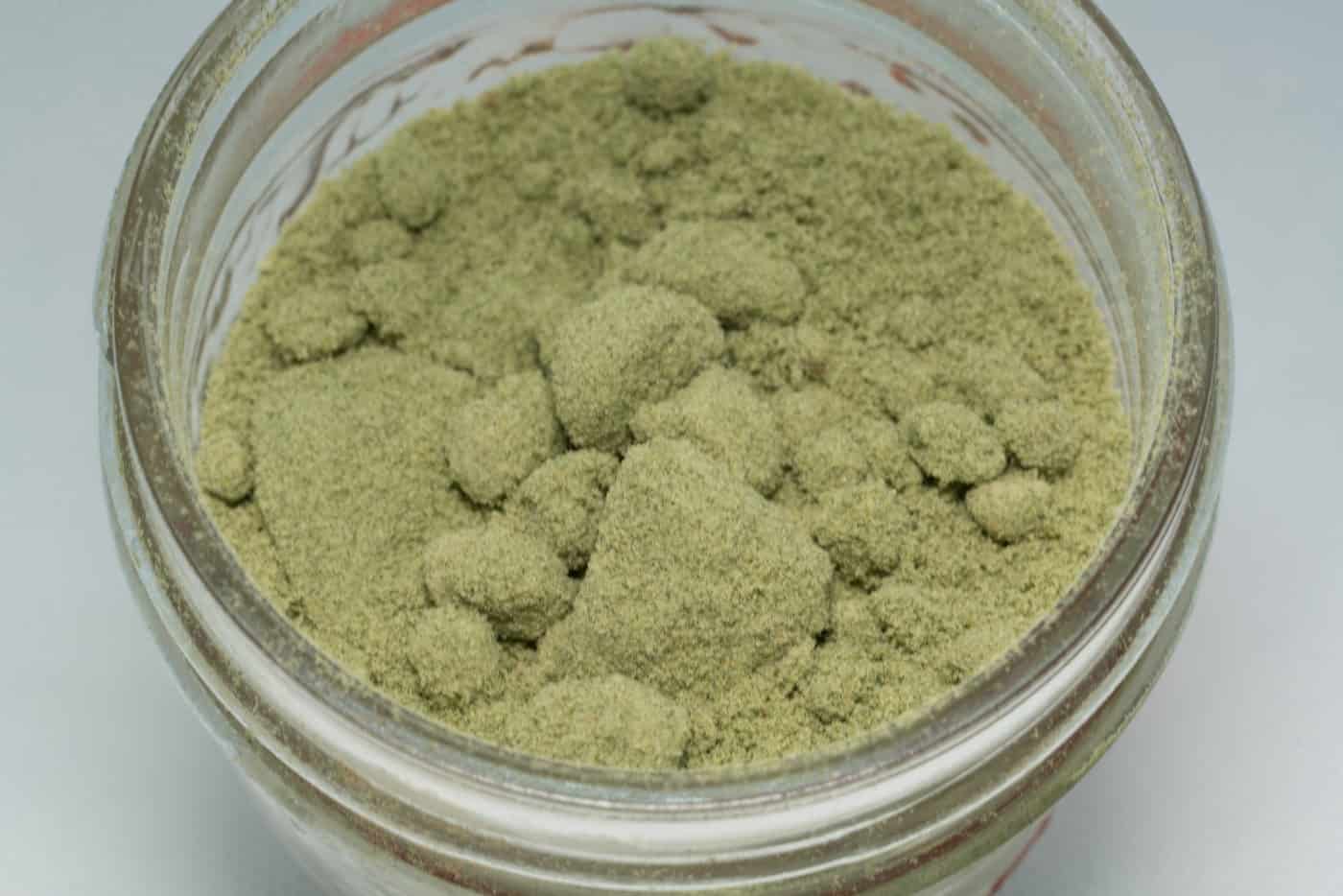
Now that you have your kief, you can begin the decarbing process. Decarboxylation machines can help first-time users or those short on time. Tools such as Ardent Nova are specifically made for botanical extraction. You can fit up to an ounce or more of kief in a decarboxylating container designed for flower. Once you close the lid, you press a button and the device does the heavy lifting. You can have decarboxylated kief in about an hour.
You can also decarb your kief using a sous vide machine, which uses hot water to evenly decarboxylate your cannabis. Set the sous vide for 90 minutes at 203 degrees Fahrenheit (95 degrees Celsius). Put your kief in a closed silicon container, seal it in a vacuum sealer, and drop it into the hot water. Turn the machine on, and you’ll have perfectly decarbed kief in 90 minutes! The amount of kief you need depends on the specific cannabis recipe you are using.
You can also heat your kief in the oven. Set the oven to between 245ºF to 250ºF and heat the kief inside an ovenproof dish covered with at least two layers of tin foil. Convection ovens are preferred to ensure even heating throughout. Heat the kief for 20 to 40 minutes. According to some users, CBD-rich strains may require longer decarbing periods, ranging from 40 to 50 minutes. This is the best way to decarb kief. Now you know how to decarb kief, let's look at what to do after.
After Decarboxylation
After you’ve decarboxylated your cannabis or kief, you can use it in a myriad of ways. Infuse it into an oil or cannabutter or sprinkle it on food as a psychoactive garnish. When pressed, decarbed kief makes an excellent hash. You can press it in a hash press, roll it with a hot water bottle, or even put it in your shoe! Breaking open the decarbed trichomes imparts a layered flavor that some pot consumers love.
There are many ways to decarb kief, each with their pros and cons. If you want to learn more about working with cannabis, enroll in Cannabis Training University’s certification program. Learn all about cannabis cooking, extraction, medicine, laws, and other marijuana essentials. A well-rounded education is a crucial component to becoming creating effective and potent cannabis and kief-infused products.
Does Decarbing Kief Smell?
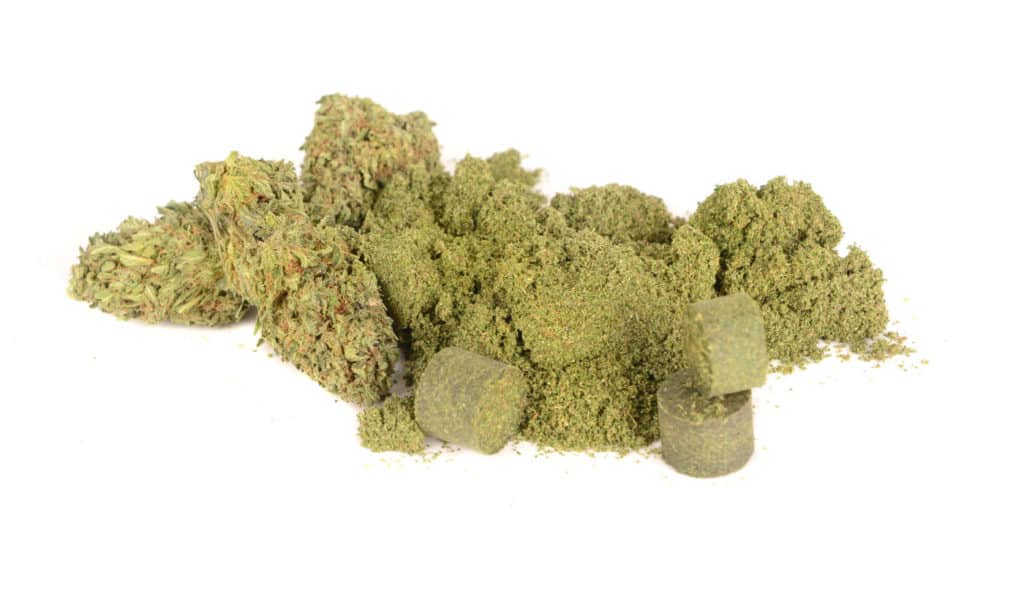
Decarbing kief or any other cannabis matter is easy using common kitchen tools, but can create a pungent odor. The strain’s unique aroma depends on its genetics and growing conditions. The potency of the odor when decarbing kief depends on the decarbing method, strain, and amount of kief used.
Decarbing kief in the oven can produce a notable marijuana odor, which can extend beyond the kitchen depending on the size of the home. Decarbing kief won’t typically smell outside of the home. Ventilation with the oven fan, ceiling fan, and leaving the windows open can reduce the smell when decarbing kief.
Utilizing the sous vide method of decarbing kief can notably reduce the smell. Decarbing machines can also significantly reduce the smell of decarbed kief. Despite these decarboxylation methods, however, there will be some detectable odor, which can dissipate within a few hours or the day.
Users employ a variety of methods to reduce the smell of weed such as using an air freshener or incense to mask the smell. Others have cooked with stronger flavors while decarbing kief or any other marijuana material. Users can fry up some garlic or fish to have a delicious meal and tone down the decarbed kief smell.
Do You Need To Decarb Kief Before Smoking?
Generally, users don’t need to decarb kief before smoking it, but they can definitely smoke decarbed kief. Some users have claimed that decarboxylating cannabis and then smoking or vaporizing it produces noticeably better experiences, while others don’t notice a difference.
Cannabis decarbs through heating methods such as when combusting the flower, kief, or other concentrates with a lighter or vaporizing the product. Some dry-herb vaporizers can be efficient at vaporizing ground material mixed with kief. Dry-herb vaporizers aren’t designed to handle kief alone.
Apart from heating, cannabis goes through the decarboxylation process when aged or cured. Curing and aging weed involves managing a number of unpredictable variables such as temperature and humidity. Additionally, different cannabis compounds decarb at different temperatures.
How To Store Decarbed Kief
After decarbing kief, many cannabis consumers may be wondering how to store it.
Decarbed kief can be placed in a mason jar or other airtight container and then in a cool and dark location such as a cabinet or drawer. Light and heat can lower the decarbed kief’s potency, while moisture can increase the chance of mold formation in the container.
Users should avoid putting decarbed kief or un-decarbed kief, for that matter, in a plastic baggie. Plastic has a static charge that can stick to kief like glue.
Some users believe that decarbed kief can be kept for as long as six months without noticing any significant loss of THC or CBD.
Ardent Cannabis, a producer of a decarbing machine, experimented with THC-dominant and CBD-dominant decarbed cannabis through its decarbing machine and placed them in a cool, dark drawer for a little under six months.
The Sour Apple strain showed no significant loss of THC during the storage period. A small amount of THC converted to cannabinol (CBN). Both the initial and six-month sample had nearly identical THC amounts over 19 percent THC.
Lilly Hill, a CBD-dominant strain, experienced a mild CBD degradation with a reduction of about 30 mg per gram. The initial buds tested at 18.5 percent CBD., while the stored sample had 15.84 percent.
Over time, cannabis compounds will degrade through the slow and steady process of decarboxylation. THCA converts to THC and then the sleep-inducing CBN compound.
Best Decarb Machine
A number of decarb machines out there are useful for cannabis flower, leaves, and concentrates such as kief. Below, you’ll find a few of the most popular decarbing machines along with a few key points.
Ardent’s Nova Decarboxylator ($210) comes in a striking purple color. The small kitchen device can hold up to one ounce of flower or five ounces of kief. Pre-set heat temperatures and durations make decarbing a cinch.
For best results, Ardent recommends decarbing anywhere from ¼ to 1 ounce of flower or three to five ounces of kief. Grab a 110v version for U.S. residents or a 220v decarbing machine for international users.
Levo’s latest device, the Levo II ($349.99), is a minimalist, smart, and modern device that can power up your decarbing process. Users can choose from a variety of colors. The Levo app streamlines decarbing cannabis flower or kief.
One setting is for drying herbs to extend their shelf life and another is to activate cannabis before infusing it into a meal. The app allows users to check their cooking history and use Levo’s useful time and temperature calculator, as well as find cannabis recipes.
BluSky’s Butter Machine ($99.99) comes with a complete decarbing kit featuring the main unit, a silicon heat resistant glove, stainless strainer, and cookbook. Its compact design can handle up to five cups and can make cannabutter in as little as 45 minutes.
The TX Infuzium 420 Herbal Infuser ($134.80) lets users work with as little as one cup to as much as four cups. The complete kit comes with everything you need to make delicious edibles. The Infuzium comes with an inclusive cookbook with over 80 recipes.
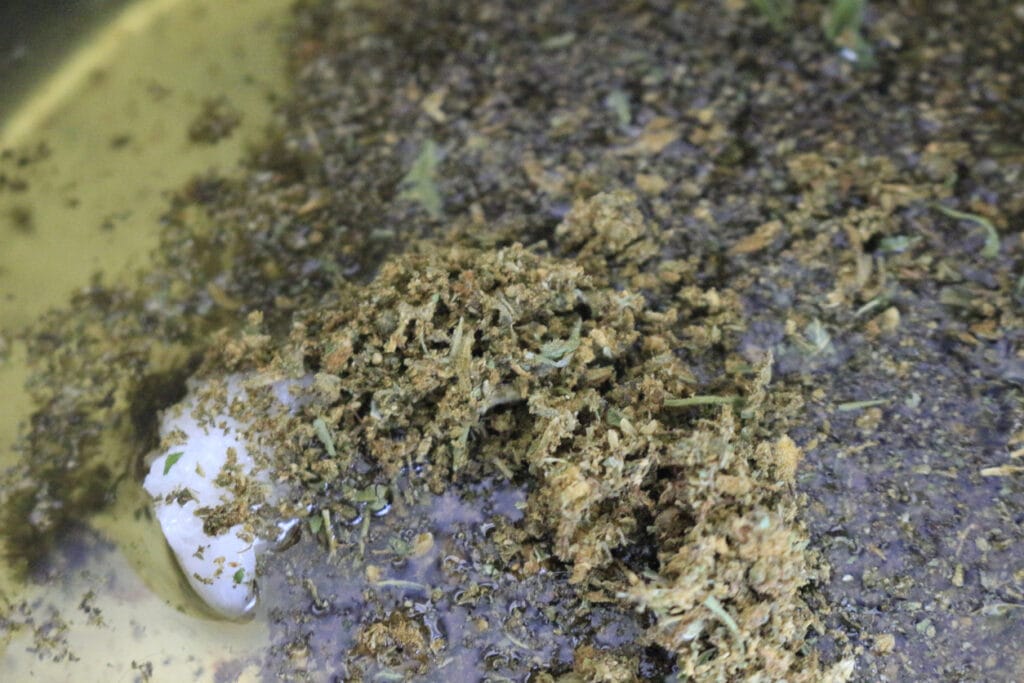
How To Decarb Kief Recap
Decarboxylation, often known as de-carbing, is a technique used to activate the psychotropic ingredients in cannabis, including kief. The collection of trichomes known as “kief,” which falls from the cannabis plant's flowers and leaves, includes acidic forms of cannabinoids including THCA and CBDA. For them to have psychotropic and medicinal benefits, they must be transformed into THC and CBD. How to decarb kief is as follows:
Tools Required
Bake
baking sheet
Paper parchment
For breaking up larger chunks of kief, use a grinder (optional).
Optional thermometer for more accurate temperature control
A Comprehensive Guide for Decarboxylating Kief
- Warm up the oven: Lower the temperature of your oven to about 220-240°F (104-116°C). Heating the kief just enough to decarboxylate it without burning it is the key.
2. Prepare the Kief: Grind your kief into a fine powder using a grinder if it's clumpy. This guarantees uniform heating.
3. Spread a Silpat: Line a baking sheet with parchment paper. The kief does not adhere to the sheet thanks to the parchment paper.
4. Distribute the Kief: Distribute the kief evenly over the parchment paper. When exposed to heat uniformly, a thin coating works best.
5. Cook the Kief: In the oven, place the baking sheet. For around 30 to 40 minutes, heat it. While decarboxylation takes longer at lower temperatures, some people prefer a shorter duration.
6. Stir Occasionally: While it's not usually required, stirring the kief halfway through the decarboxylation process will assist guarantee that it's done evenly.
7. Watch Carefully: Pay extra attention to the kief, particularly if your oven is running hot. Potency and flavor can be diminished by overheating, which breaks down the terpenes and cannabinoids.
8. Cool Down: Take the kief out of the oven and allow it to cool after the allotted time has passed. It should be a pale shade of brown, neither too dark nor too black.
“
There are over 300,000 jobs in the cannabis industry. CTU trained me for one of them!

Makes $24.50 @ THC +
9. Store Appropriately: Put the decarboxylated kief in an airtight container after it has cooled. To maintain its potency, store it somewhere cold and dark.
Advice for a Smooth Decarboxylation Process
-Temperature Accuracy: There can be variations in oven temperatures. You can keep the oven temperature at the proper level by using an oven thermometer.
–Steer clear of overheating the kief since this can cause terpene and cannabinoid loss, which can reduce flavor and potency.
–Use for Different Purposes: Decarboxylated kief can be added to tinctures, edibles, or ground cannabis to increase its potency.
–Safety first: Take extra caution when handling hot objects and the oven to prevent burns.
The straightforward but essential process of decarboxylation activates the cannabinoids in kief, preparing it for use in a variety of ways. Decarboxylating kief correctly can greatly increase the strength and effectiveness of your cannabis products.
Now that you know the Best Way to Decarb Kief it's time to get started!
Kief FAQ's
How do I decarb kief?
Make sure the kief is evenly distributed to prevent any lumps or mounds. After carefully covering the top of the container with aluminum foil, put the dish in the oven that has been warmed. You should bake THC-dominant flower for 30 to 35 minutes. Bake for 45 to 55 minutes for a high-CBD bloom.
Does kief get you more high than flower does?
Kief gets you higher than cannabis. Since it is a concentrate, it has more THC and psychoactive elements found in cannabis. Since it is a concentrate, it has more cannabis elements. It is also easy to make.
How many grams of kief are in a pound of butter?
In general, we advise novices to use one or two grams of kief for every stick of butter, while experienced users should avoid using more than five to six grams of kief for two sticks of butter (or one cup of butter).
What can you do with kief?
It's adaptable and can be utilized in many different ways, such as making strong consumables like cannabis tea or increasing the potency of your joints or bowls. For people who want to achieve the required effects while conserving their cannabis supply, kief is a great option.
What is the best temperature to decarb kief?
Turn the oven on to 245°F. Place the kief/hash in a small glass ovenproof container and cover firmly with a double-folded aluminum foil sheet for added thickness. For a high THC strain, bake, or decarboxylate, the kief/hash for 30 to 40 minutes. Bake strains with high CBD content for 40–50 minutes.
Cannabis College Online
Learn more about decarboxylation and cannabis infused products at the top cannabis training school online. Get certified online as a cannabis chef at CTU. Start your own cannabis edibles business. Learn from industry experts.

Gavin Kushman
Gavin is a worldly adventurer and cannabis connoisseur, embarking on journeys that take him to the far corners of the globe to explore and document the varied effects, flavors, and histories of both renowned and lesser-known strains. From the misty high-altitude farms of the Hindu Kush highlands to the vibrant cannabis cafes of Amsterdam, Gavin's quest for knowledge spans continents. A recognized authority in the cannabis industry, he frequently lends his expertise to leading publications such as Cannabis Training University, where his captivating blog articles chronicle his unique experiences with different cannabis strains.


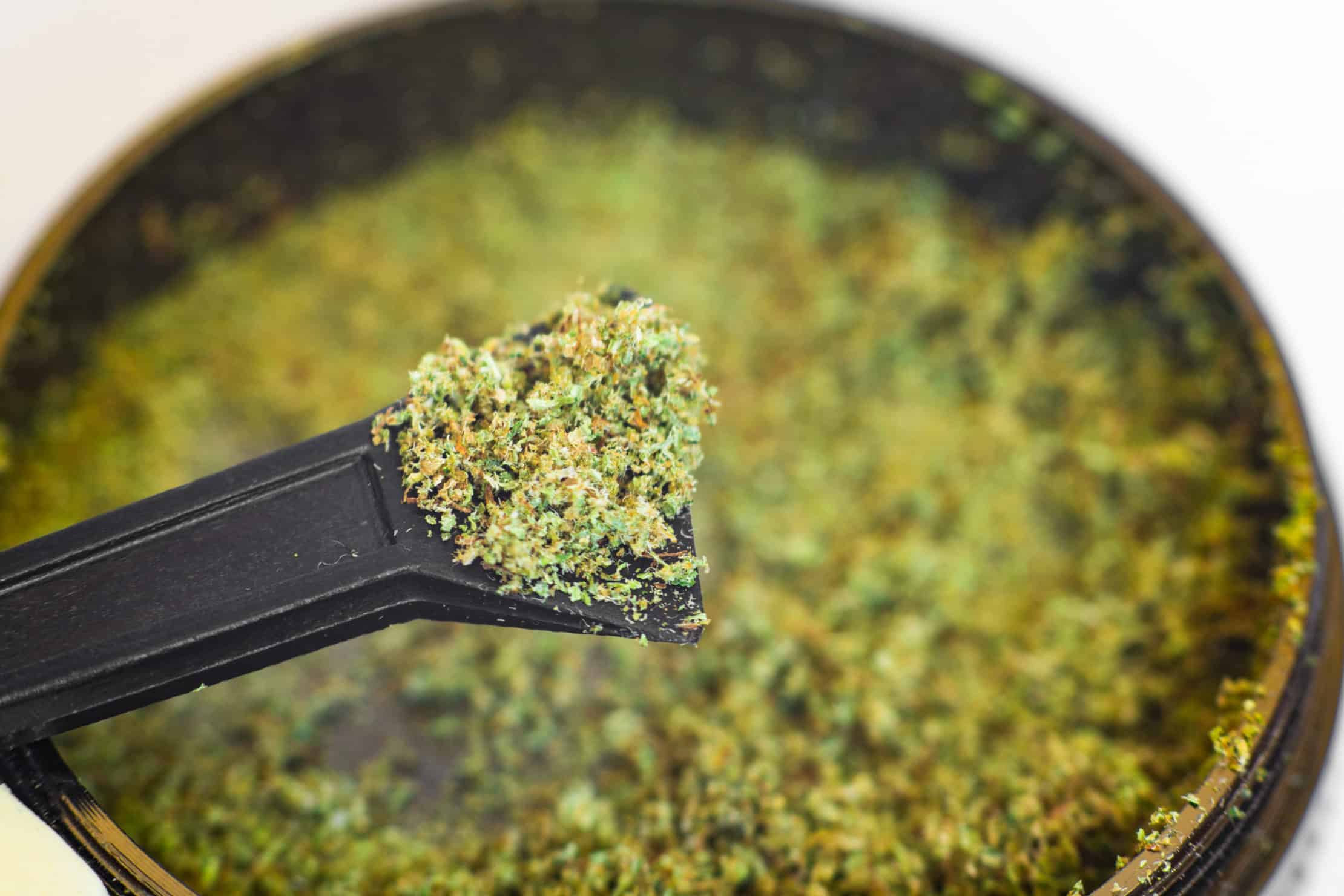


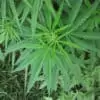



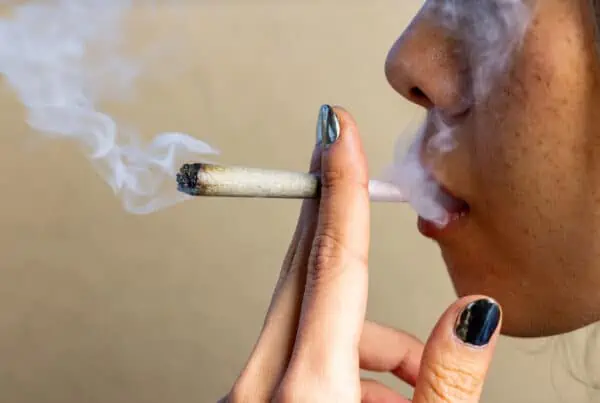
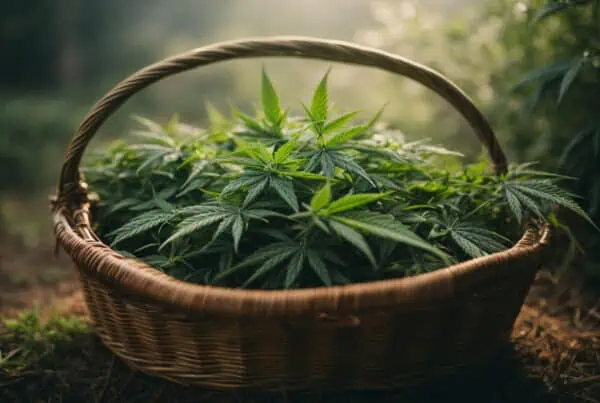

 Jeff was involved in an accident where he endured a traumatic brain injury. He had a week-long stay in ICU where brain surgeons
Jeff was involved in an accident where he endured a traumatic brain injury. He had a week-long stay in ICU where brain surgeons  100% risk free money back guarantee within 48 hours after purchase if student has not completed any of the courses or exams.
100% risk free money back guarantee within 48 hours after purchase if student has not completed any of the courses or exams.